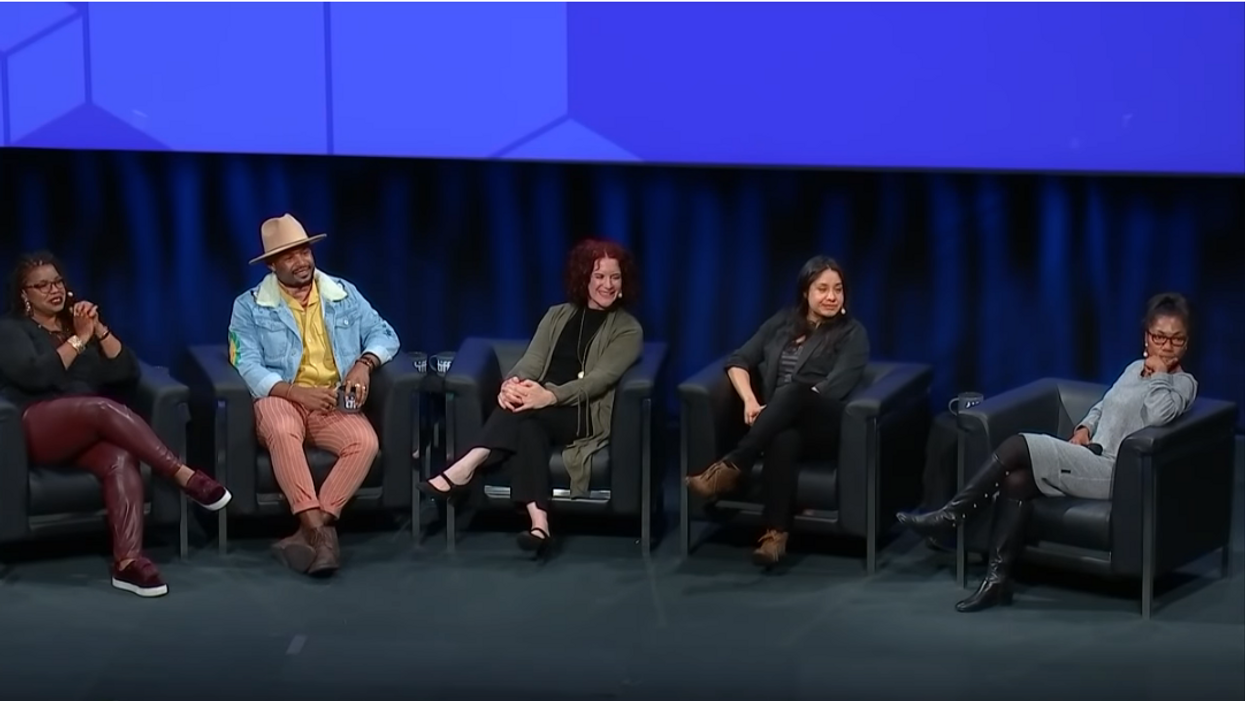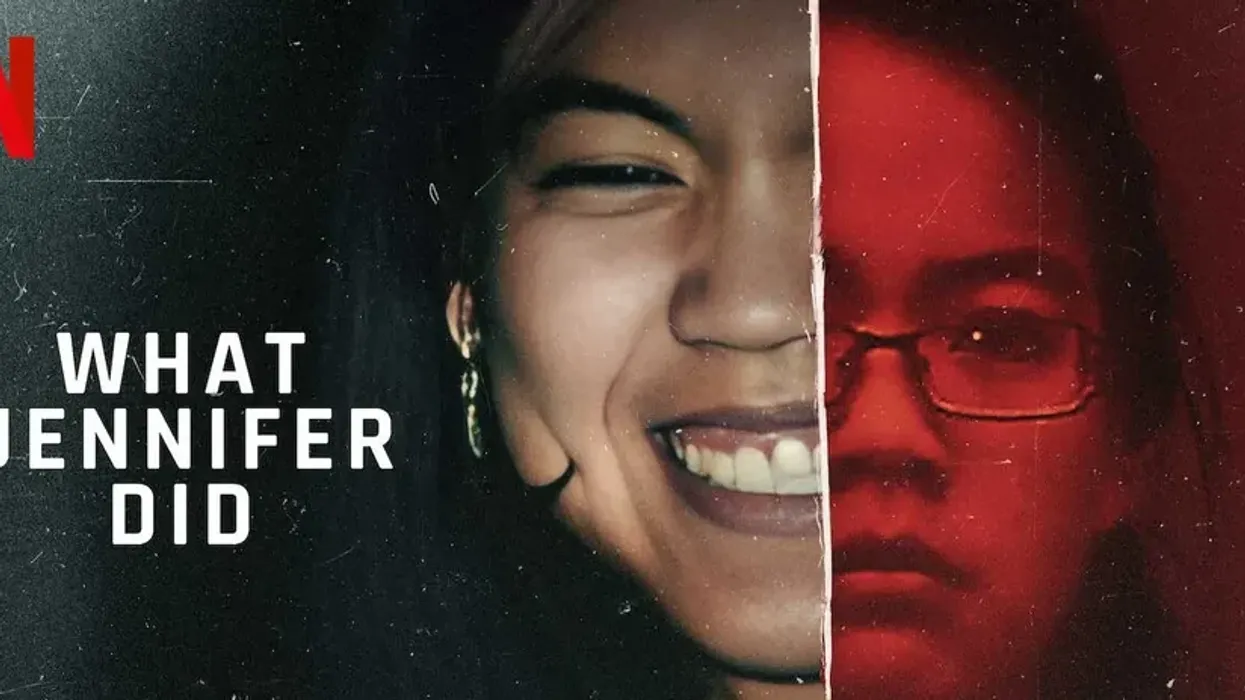3 Reasons Why It Makes Sense to Keep Your Crew Diverse
https://www.youtube.com/watch?v=s_8IMyYY_q4&ab_channel=TIFFTalks

The buzzword in Hollywood over the past few years has been diversity. Like anything in life, though, it's easier to talk about change than to effect it, and particularly so in an industry that is, to paraphrase Oscar Wilde, so deeply superficial. It's one thing to treat diversity as a seasonal trend and yet quite another to bring anything like systemic change in terms of hiring practices to an industry that is still hidebound to outmoded traditions and dangerous ways of doing business.
While the #MeToo movement brought long-overdue attention to entrenched sexual harassment (and campaigns like April Reign's #OscarSoWhite turned a spotlight on the biggest award ceremony of them all) Hollywood made "no progress in on-screen diversity" in 2017, according to a recent study from USC. Another look at the industry from UCLA found women and minorities underrepresented in many categories.
At this year's TIFF, producer/moderator Lea Marin joined Reign, Shawn Finnie (Associate Director of Member Relations at the Academy of Motion Pictures Arts & Sciences), filmmaker Patricia Gomes, and Tema Steig (Women in Media) gathered for a panel called "Crewing Up and Breaking Through" that looked at the issue of representation behind the camera, with a focus on points of access for artists looking to break in and ways for industry professionals to find talent that diversifies their below-the-line crews.
1. Lateral Networking
April Reign stressed the importance of "Networking laterally [and] horizontally, in addition to just vertically." In her opinion, a frequent mistake young people make (and this is true, arguably, for everyone trying to break into film) is not remembering to network with others on their own level. "You need to remember who and where you are and understand that sometimes the folks who are right there are struggling with you, on your level, or just slightly above are the ones that can really give you the hookups and put you on."
2. Industry Initiatives
3. Lasting Change
Source: TIFF







![Ethos, Pathos, Logos: 20 Effective Ways to Advertise [Infographic]](https://nofilmschool.com/media-library/ethos-pathos-logos-20-effective-ways-to-advertise-infographic.jpg?id=34064614&width=600&height=600&quality=90&coordinates=560%2C0%2C0%2C0)



